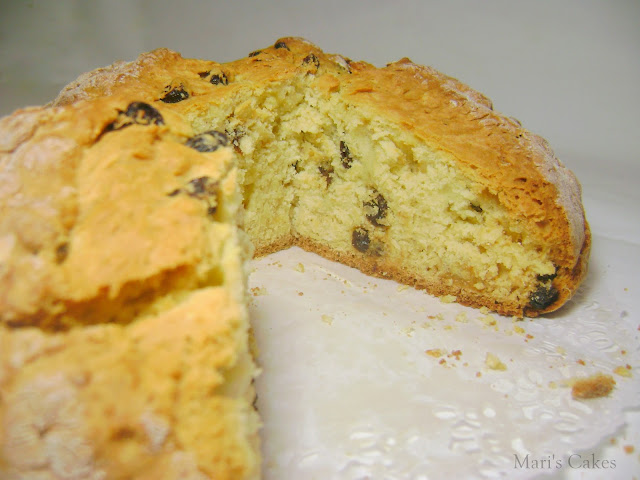En Español
Hi friends!! I know I have been m.i.a lately, but here I am, very glad to share something delicious and home cooked. This rice with pork chops and seafood is a recipe that occurred to my husband to satisfy a craving he had. He came home with smoked pork chops, smoked pork ribs, shrimp and cooked octopus so that I would cook a locrio with all that. I often prepare Locrios but not with seafood and meat together. I find his idea very good and I started to cook it right away. I named it "Locrio de Mar y Tierra", Sea and land rice.
Rice Pork Chops and Shrimps
Ingredients:
6 chops smoked pork chops
1 pound of smoked ribs
1 pound of cooked octopus or mixed seafood
1 pound of shrimp
4 cups of uncooked rice (2 pounds)
1 teaspoon ground oregano
zumo de 2 naranjas agrias (bitter oranges juice)
1 Tablespoons olive oil
½ cup Dominican seasoning or (1 onion, chopped, 1 chopped red pepper, 1 teaspoon of oregano, a bit of saffron or annato)
1½ Tablespoon crushed garlic (divided into two)
2 Tablespoons soy sauce
½ cup of tomato sauce or 2 Tablespoons of tomato paste
¼ cup cilantro leaves chopped
7-8 cups of water
1 can of sweet peas
1 chicken bouillon
½ oil to stir fry meats
salt and pepper to taste
Preparation:
1. Rinse the shrimp and seafood with cold water. Peel shrimps and reserve shells. Season the seafood with the tablespoon of olive oil and a little garlic; Reserve. Boil shrimp shells with 7 cups of water and chicken bouillon. This will make a broth or quick fumet which will give a better flavor to the rice. When it has boiled 10 minutes, remove from fire and leave covered until the time of use.
2. Clean and cut the chops and ribs to the size you prefer. Season with half of the sour orange juice and oregano. In a medium-large pot, heat the half cup of oil and, sauté the chops and ribs until they are golden brown. Then add the Dominican sazón or chopped vegetables, crushed garlic, soy sauce, tomato sauce, chopped cilantro, and remaining sour orange juice. Let it all stir fry together for 1-2 minutes over medium-high heat.
3. Add the rice and shrimp broth until you have enough liquid to cover the rice, or to your tastes, if you need more water, add it. Stir to mix all the ingredients well, and cover. Continue cooking over low heat stirring occasionally to prevent the rice from sticking on the sides. The cooking time varies depending on the type of rice you use. It should take about 35-45 minutes. Five to seven minutes before rice is done, add the seafood and the sweet peas, mix into the rice and cover until ready to remove from the fire. Serve with potato salad, fresh green salad or tostones.
Yield: 6-8 servings. You can halve the recipe or easily double.
Notes:
a) Instead of zumo de naranja agria (bitter orange juice), you can use lemon juice or vinegar.
b) The petit pois (sweet peas) on this occasion, I had to add them along with the water because they were not as tender as they should be, but if you have tender sweet peas add as indicated in step # 3.
c) To make a locrio of any sausage, chorizo, ham or salami, follow the same process, adding seafood is optional.
Do not withhold good from those to whom it is due,
when it is in your power to act. ~
Proverbs 3:27




.JPG)






















Keep in touch